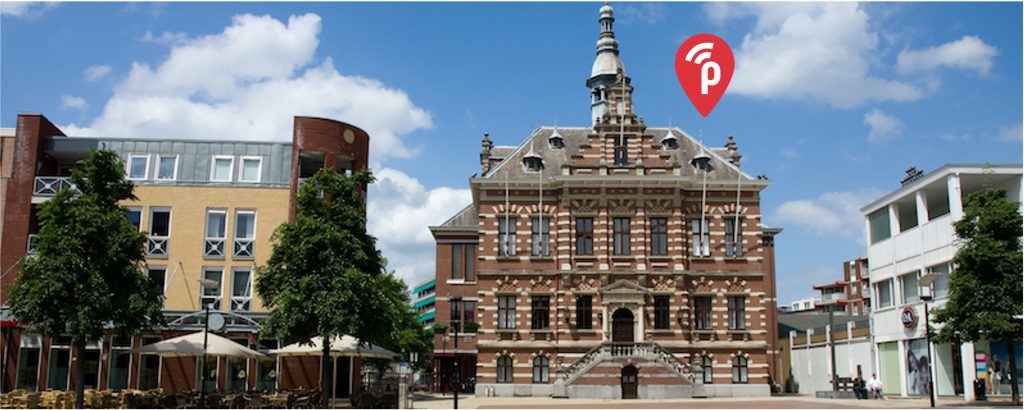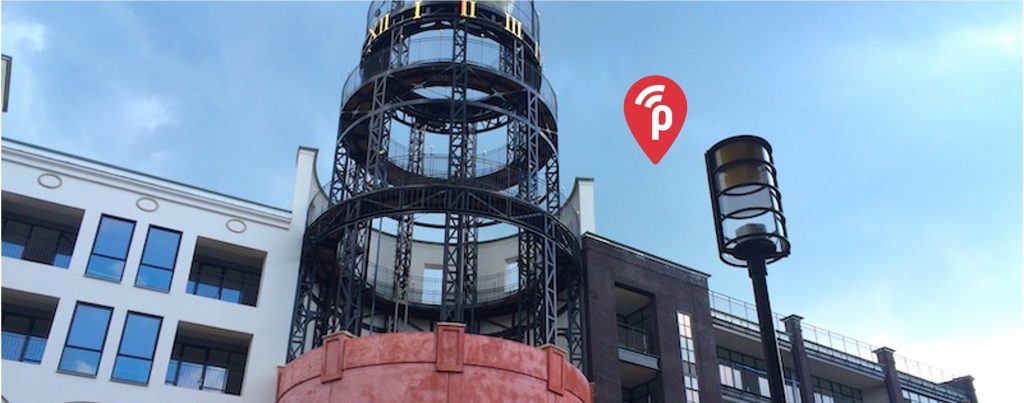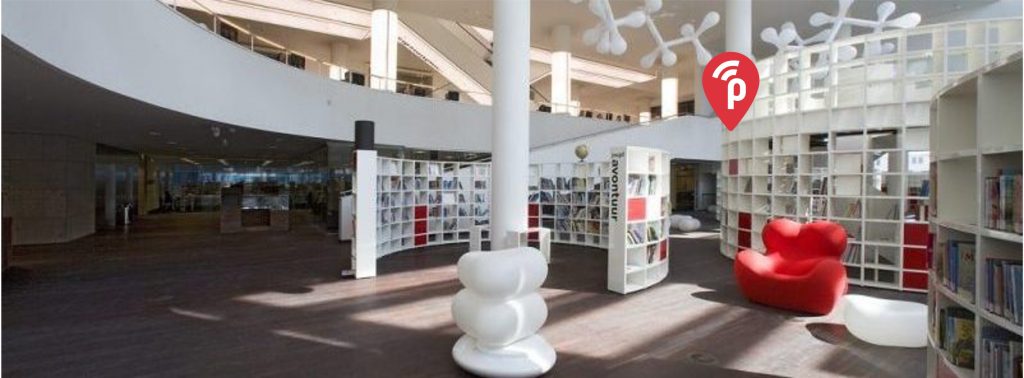Technical information
How publicroam works
Participating organizations connect their wifi network to the publicroam authentication server. Through their wifi access points they broadcast the SSID ‘publicroam’. A visitor’s device with a publicroam account automatically connects, and an authentication request is sent. If the credentials are correct, approval is returned and the visitor is granted access to the local guest wifi network.

Stedelijk Museum Amsterdam
Open standards
Publicroam uses the open standards WPA2-Enterprise and RADIUS. Almost all professional wifi equipment supports these. No investment in new infrastructure is required. Once connected, publicroam is highly scalable; new locations and access points can be added easily.
The Forum Standaardisatie advises government agencies to provide secure guest wifi access using WPA2-Enterprise.
Easy implementation
To offer publicroam, you create a RADIUS connection between your local wifi network and the publicroam top-level RADIUS server. This is a standard configuration via the admin interface of your wifi network. The organization’s public IP addresses are allowlisted, after which you receive a shared secret to establish the connection.
Minimal maintenance
Once connected, daily maintenance is minimal. Visitor support requests are handled by the publicroam helpdesk. Local IT support is not burdened, and accounts are issued automatically, so there is no extra work at the reception desk.

Town Hall Kerkrade
Wifi network requirements
To connect, your wifi network must support 802.1X authentication with RADIUS (at least 802.11b and/or 802.11g). This is standard in almost all professional wifi equipment. For full details, download the complete technical specifications.
Logging of data
During the user authentication process, the following data is exchanged with publicroam:
– Timestamp of authentication requests and corresponding responses
– Outer EAP identity (User-Name attribute)
– MAC address (Calling-Station-Id attribute)
– Type of authentication response (Accept or Reject)
These data may be stored by an organization and publicroam for a maximum of three months. Afterwards they must be deleted. The data may only be used for providing and optimizing the service, and for no other purpose.

Maankwartier Heerlen
Filtering and monitoring internet traffic
An organization may filter internet access, for example by blocking certain websites. Bandwidth per user may also be limited. A minimum requirement is that publicroam users must be able to browse and send/receive emails at a reasonable speed. Restrictions applied must be the same for all publicroam users.
Service Level Agreement (SLA)
If your organization offers publicroam, an agreement is concluded which includes a Service Level Agreement (SLA). This sets out arrangements regarding availability of the service and handling of visitor and customer support requests.

Amsterdam Public Library
Privacy and data processing
Respecting privacy is a core value of publicroam. Read more in our privacy statement.
User agreements
When a visitor registers for the first time, they agree to the terms of use. These include agreements that accounts are personal, that users are not expected to stay online continuously at one organization, and that normal netiquette must be observed. If a user acts in violation of these conditions, the account may be removed.
Participant portal
The details required to set up the connection with the publicroam RADIUS server are available in the participant portal. Access is provided once the participation agreement has been signed.